Google integrates Fact Check label in image search to fight fake news
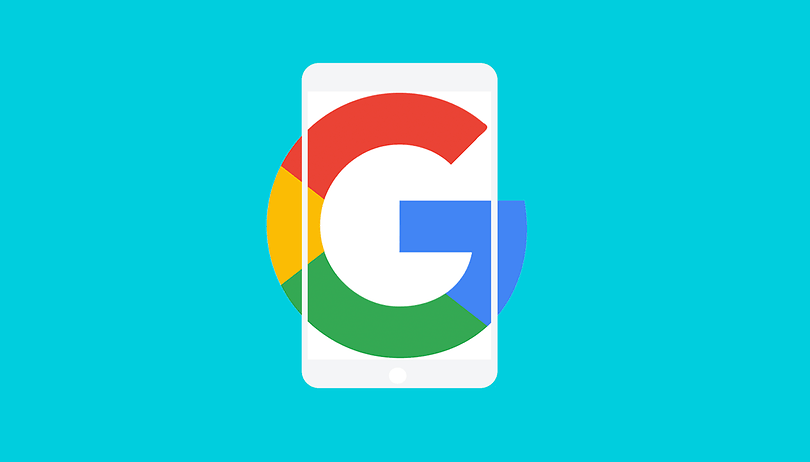

In its fight against the spread of misinformation, Google will put 'Fact Check' labels on certain search results in Google Images to pinpoint misleading photos or photos of dubious origin.
"Photos and videos are an incredible way to help people understand what’s going on in the world. But the power of visual media has its pitfalls—especially when there are questions surrounding the origin, authenticity or context of an image," Google wrote in a blog post detailing the device on Monday, June 22.
Is that image of a shark swimming down a street in Houston real? Google Images now has "Fact Check" labels to help inform you in some cases like this (no, it was not real). Our post today explains more about how & when fact checks appear in Google Images: https://t.co/YisZuOyGEH pic.twitter.com/aRntlIo6qT
— Google SearchLiaison (@searchliaison) June 22, 2020
Thus, this Fact Check function in Google Images is based on the same algorithms used for fact-checking in Google Search and Google News search results, as Mountain View explains.
Concretely, the search giant will put a label in the thumbnail of an image in Google Images (just after the caption of the image). When you click on the image concerned to enlarge it, a summary will be displayed below with the fake news that the image wants to propagate and the patch or explanation provided.
Fact-checking by "independent and reliable sources"...
By having its Fact Check label, Google will not itself fact-check misleading photos. It will "simply" (it's not that simple) use an algorithm that will draw from sources that Google considers to be reliable.
Mountain View explains that only "independent and reliable sources meeting our criteria" will be used. These sources are based on ClaimReview, a method used by publishers to indicate their fact-checking content to search engines.
In its very simplistic example with the image of a shark falsely claiming to be swimming in downtown Houston, the Fact Check works without a hitch. But let's think about more complex cases, such as the image of a protester beaten by police officers or a police officer lynched by protesters.
It is common for these images to be subsequently taken out of context several years after being captured. The aim is to tip the balance of public opinion in favor of one side or the other of social conflict. While the idea that a shark is swimming in the city creates a basic juxtaposition that leads us to question this image, the confirmation bias that a photo of a lynching in the middle of a demonstration creates is much more complex.
So we'll just have to see how reliable this algorithm is. Google announced that it would be available immediately.
Source: Google Blog






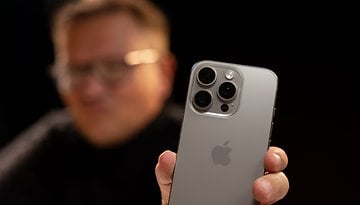
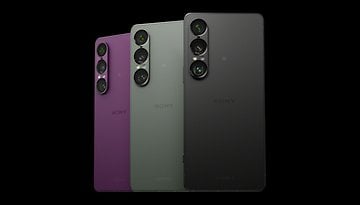
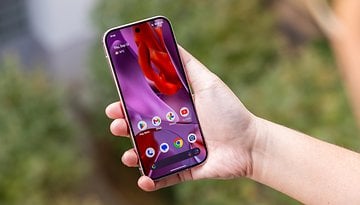
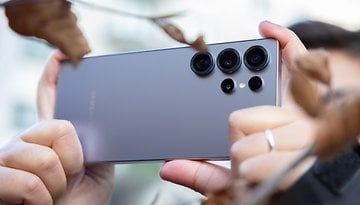

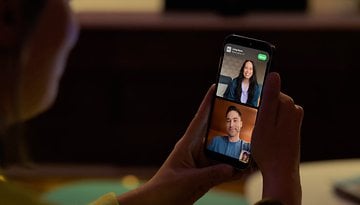
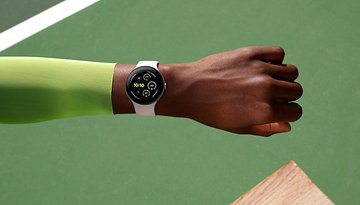
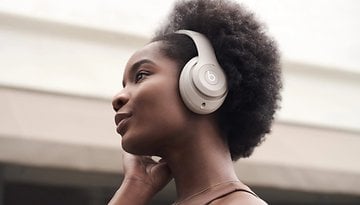

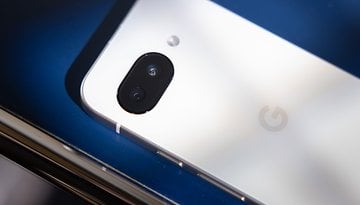

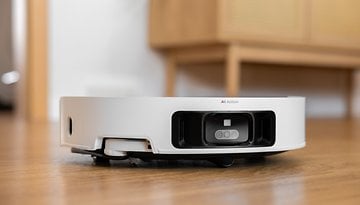


"an algorithm that will draw from sources that Google considers to be reliable"
Ah, so in other words, sources that fit with Google's own political & social agenda. Thanks for warning us ahead of time.
As long as they do not censor content, they can label, for what it's worth.
But most people are not that stupid and can make judgments about veracity, so I see this as mostly meaningless pandering to the zealots of all stripes clamoring for censorship.
-
Admin
Jun 24, 2020 Link to commentNothing can beat human judgment and the use of a bit of common sense